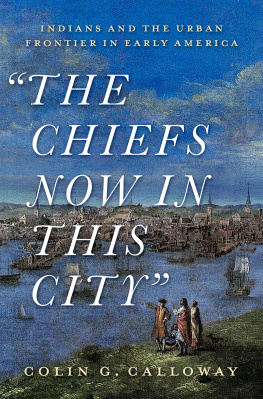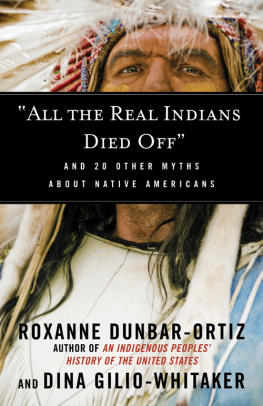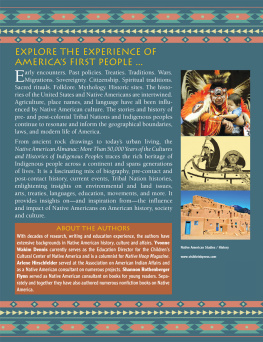Coll Thrush - Native Seattle: Histories from the Crossing-Over Place
Here you can read online Coll Thrush - Native Seattle: Histories from the Crossing-Over Place full text of the book (entire story) in english for free. Download pdf and epub, get meaning, cover and reviews about this ebook. year: 2009, publisher: University of Washington Press, genre: Politics. Description of the work, (preface) as well as reviews are available. Best literature library LitArk.com created for fans of good reading and offers a wide selection of genres:
Romance novel
Science fiction
Adventure
Detective
Science
History
Home and family
Prose
Art
Politics
Computer
Non-fiction
Religion
Business
Children
Humor
Choose a favorite category and find really read worthwhile books. Enjoy immersion in the world of imagination, feel the emotions of the characters or learn something new for yourself, make an fascinating discovery.

- Book:Native Seattle: Histories from the Crossing-Over Place
- Author:
- Publisher:University of Washington Press
- Genre:
- Year:2009
- Rating:5 / 5
- Favourites:Add to favourites
- Your mark:
Native Seattle: Histories from the Crossing-Over Place: summary, description and annotation
We offer to read an annotation, description, summary or preface (depends on what the author of the book "Native Seattle: Histories from the Crossing-Over Place" wrote himself). If you haven't found the necessary information about the book — write in the comments, we will try to find it.
Winner of the 2008 Washington State Book Award for History/Biography
In traditional scholarship, Native Americans have been conspicuously absent from urban history. Indians appear at the time of contact, are involved in fighting or treaties, and then seem to vanish, usually onto reservations. In Native Seattle, Coll Thrush explodes the commonly accepted notion that Indians and cities-and thus Indian and urban histories-are mutually exclusive, that Indians and cities cannot coexist, and that one must necessarily be eclipsed by the other. Native people and places played a vital part in the founding of Seattle and in what the city is today, just as urban changes transformed what it meant to be Native.
On the urban indigenous frontier of the 1850s, 1860s, and 1870s, Indians were central to town life. Native Americans literally made Seattle possible through their labor and their participation, even as they were made scapegoats for urban disorder. As late as 1880, Seattle was still very much a Native place. Between the 1880s and the 1930s, however, Seattles urban and Indian histories were transformed as the town turned into a metropolis. Massive changes in the urban environment dramatically affected indigenous peoples abilities to survive in traditional places. The movement of Native people and their material culture to Seattle from all across the region inspired new identities both for the migrants and for the city itself. As boosters, historians, and pioneers tried to explain Seattles historical trajectory, they told stories about Indians: as hostile enemies, as exotic Others, and as noble symbols of a vanished wilderness. But by the beginning of World War II, a new multitribal urban Native community had begun to take shape in Seattle, even as it was overshadowed by the citys appropriation of Indian images to understand and sell itself.
After World War II, more changes in the city, combined with the agency of Native people, led to a new visibility and authority for Indians in Seattle. The descendants of Seattles indigenous peoples capitalized on broader historical revisionism to claim new authority over urban places and narratives. At the beginning of the twenty-first century, Native people have returned to the center of civic life, not as contrived symbols of a whitewashed past but on their own terms.
In Seattle, the strands of urban and Indian history have always been intertwined. Including an atlas of indigenous Seattle created with linguist Nile Thompson, Native Seattle is a new kind of urban Indian history, a book with implications that reach far beyond the region.
Replaced by ISBN 9780295741345
Coll Thrush: author's other books
Who wrote Native Seattle: Histories from the Crossing-Over Place? Find out the surname, the name of the author of the book and a list of all author's works by series.





